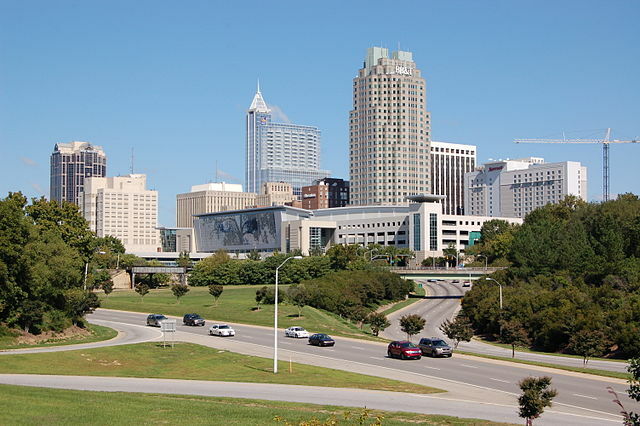Nicholas Eberstadt documents a critical economic and social challenge.
The US labor force more than doubled in size between 1965 and early 2023, rising from less than seventy-five million to over 165 million. Over those decades, US labor-force growth was more robust than in most other developed economies. But, over those same years, a problem was quietly gathering: male workforce participation was steadily faltering.
The problem was disguised by new sources of labor-force growth, which kept the national labor supply burgeoning: first, through the influx of women into the workforce, and, later, through an upsurge in immigration (both legal and illegal). The faltering of male workforce participation was further disguised by prolonged periods of relatively low unemployment: numbers widely taken to mean that the country was genuinely at full employment or close to it.But today, low unemployment rates coexist with low employment rates for American men. …
… “Men of prime working age,” or “prime-age men,” are what labor economists call civilian noninstitutional men between twenty-five and fifty-four years of age. The term itself is self-explanatory. Despite all the changes in the composition of the labor force in the postwar era, this demographic group is still indispensable to the economy—arguably, it remains the economy’s backbone. And these men have other important functions in society: this, after all, is the portion of the life cycle when family formation and child-raising typically take place.
From the mid-1960s to the present, the United States has witnessed an eerie but relentless increase in the proportion of prime-age men with no paid work.Today, that proportion parallels the level reported at the tail end of the Great Depression. Actually, at the time of this lecture (for which the latest data come from February 2023), the seasonally unadjusted work rate for US prime-age men was slightly lower than when unemployment was first officially measured back in March 1940.


